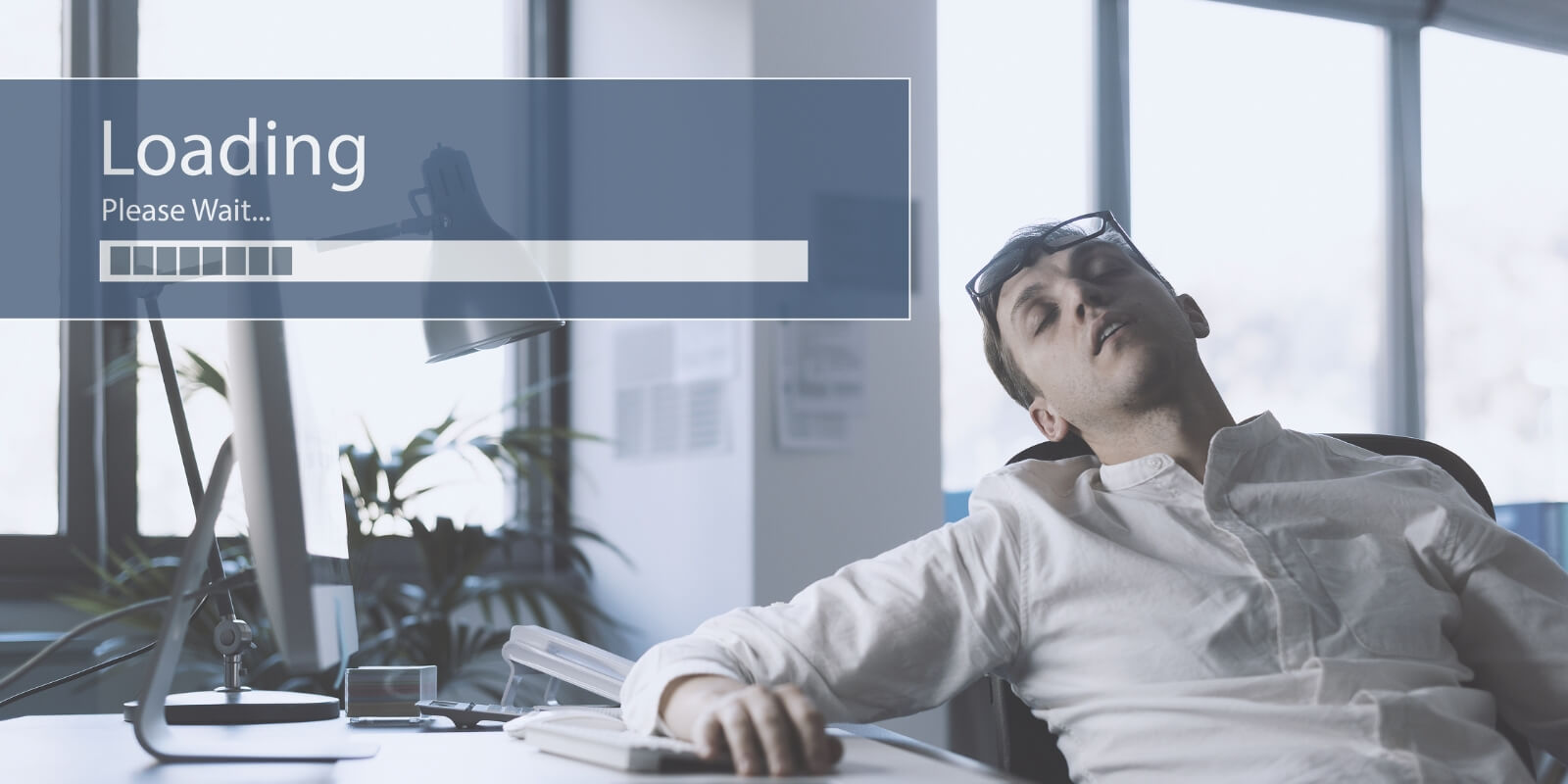| Riyadh, Saudi Arabia — Nov 12, 2024
What Slows Down Your Website
A slow website can significantly impact your business. It leads to higher bounce rates, lower search engine rankings, and a poor user experience. Let’s explore the most common causes of website slowness and how you can address them. One major reason is unoptimized images. When high-resolution images are uploaded without compression or resizing, they take longer to load. Websites with large background images, product galleries, or banners should always use compressed image formats like WebP or optimized JPEGs to improve speed. Another factor is excessive use of JavaScript and CSS. Websites that rely on too many external scripts or complex stylesheets may suffer from longer loading times. Every additional file needs to be fetched by the browser, which increases load time. Minimizing and combining these files, as well as deferring non-essential scripts, can help significantly. Web hosting quality also plays a crucial role. If you are using a shared hosting plan with limited resources or an unreliable provider, your site’s speed will suffer. Investing in quality hosting or upgrading to a virtual private server (VPS) can greatly improve response times and uptime. Unnecessary plugins or extensions can drag down your website as well. This is especially common with content management systems like WordPress. Every plugin adds code that needs to be executed, and not all are optimized for performance. Review your plugins regularly and remove anything that is not essential. Database issues are another hidden culprit. Over time, your database can become bloated with unnecessary data, such as revisions, spam comments, or expired sessions. This can slow down queries and delay content loading. Regular database cleanup and optimization are key to maintaining speed. External media and embedded content can also impact performance. If you rely heavily on videos, social media widgets, or third-party APIs, any delay from these services can affect your site’s load time. Try hosting critical media directly or using asynchronous loading to avoid blocking the main page content. Redirects and broken links create more HTTP requests, which increase load times. Excessive or unnecessary redirects should be avoided, and regular site audits can help you spot and fix broken links quickly. Caching issues are also a top concern. If your site does not use caching properly, returning visitors will experience slow load times. Implementing browser caching, server-side caching, and even content delivery networks (CDNs) can dramatically improve performance. Speaking of CDNs, not using one is a missed opportunity. A CDN distributes your content across multiple servers around the world, so users can access it faster based on their geographic location. This reduces server load and shortens load times for global audiences. Finally, too many ads, popups, and trackers can bog down a website. While monetization is important, overloading your pages with scripts from ad networks and analytics tools will inevitably hurt performance. Choose essential scripts and limit how many load on each page. In summary, a fast website provides a better experience for users and better results for your business. From optimizing images and scripts to choosing the right hosting and cleaning up your database, every step matters. Regular performance audits and monitoring tools like Google PageSpeed Insights or GTmetrix can help you stay ahead of speed issues.
